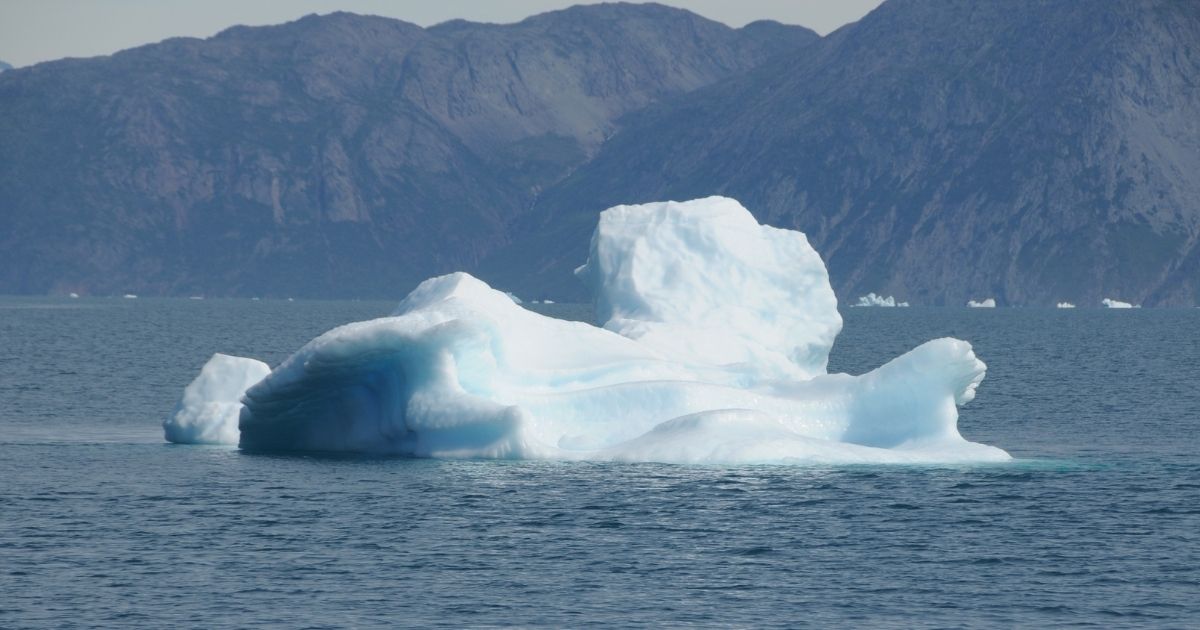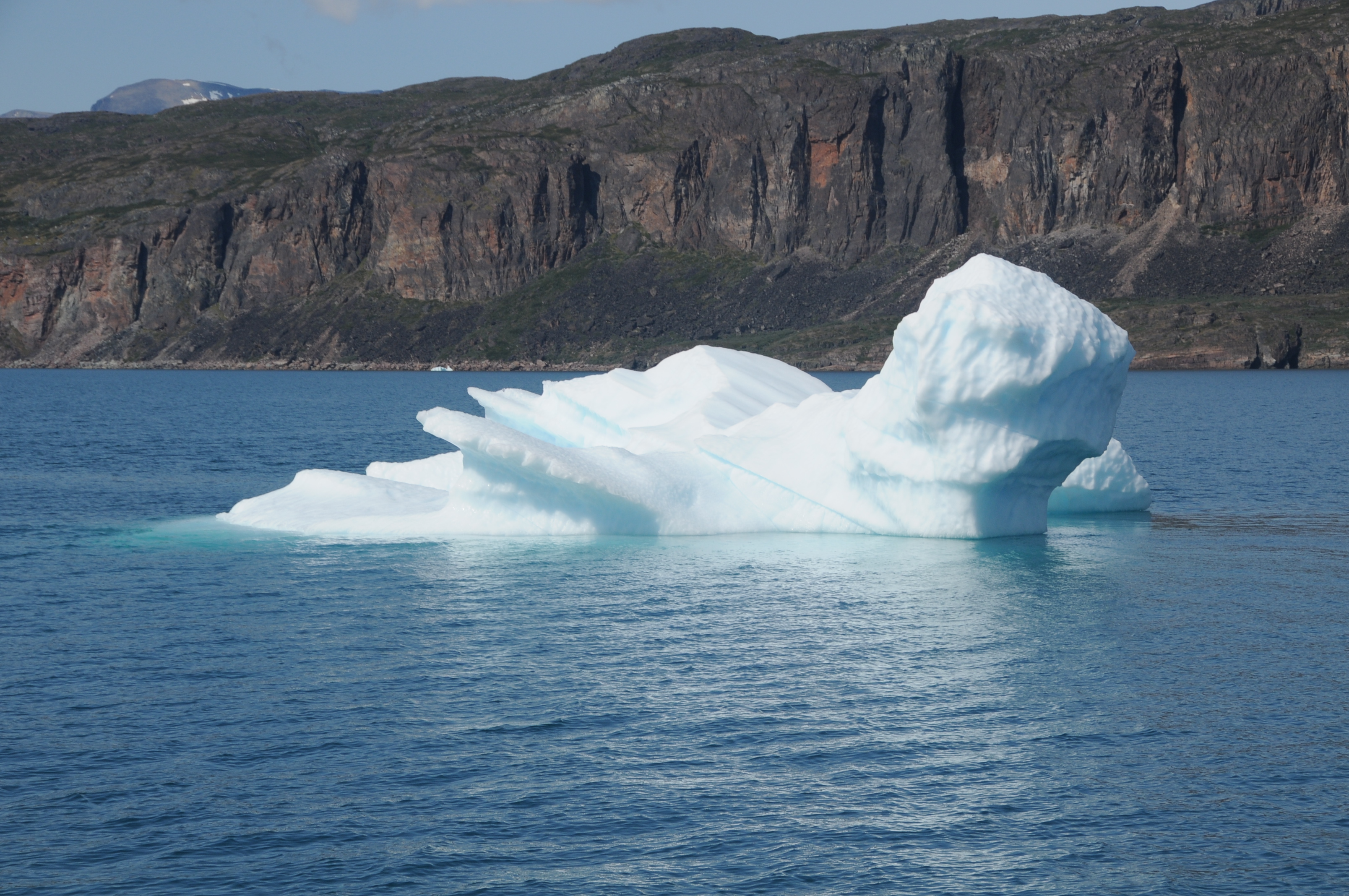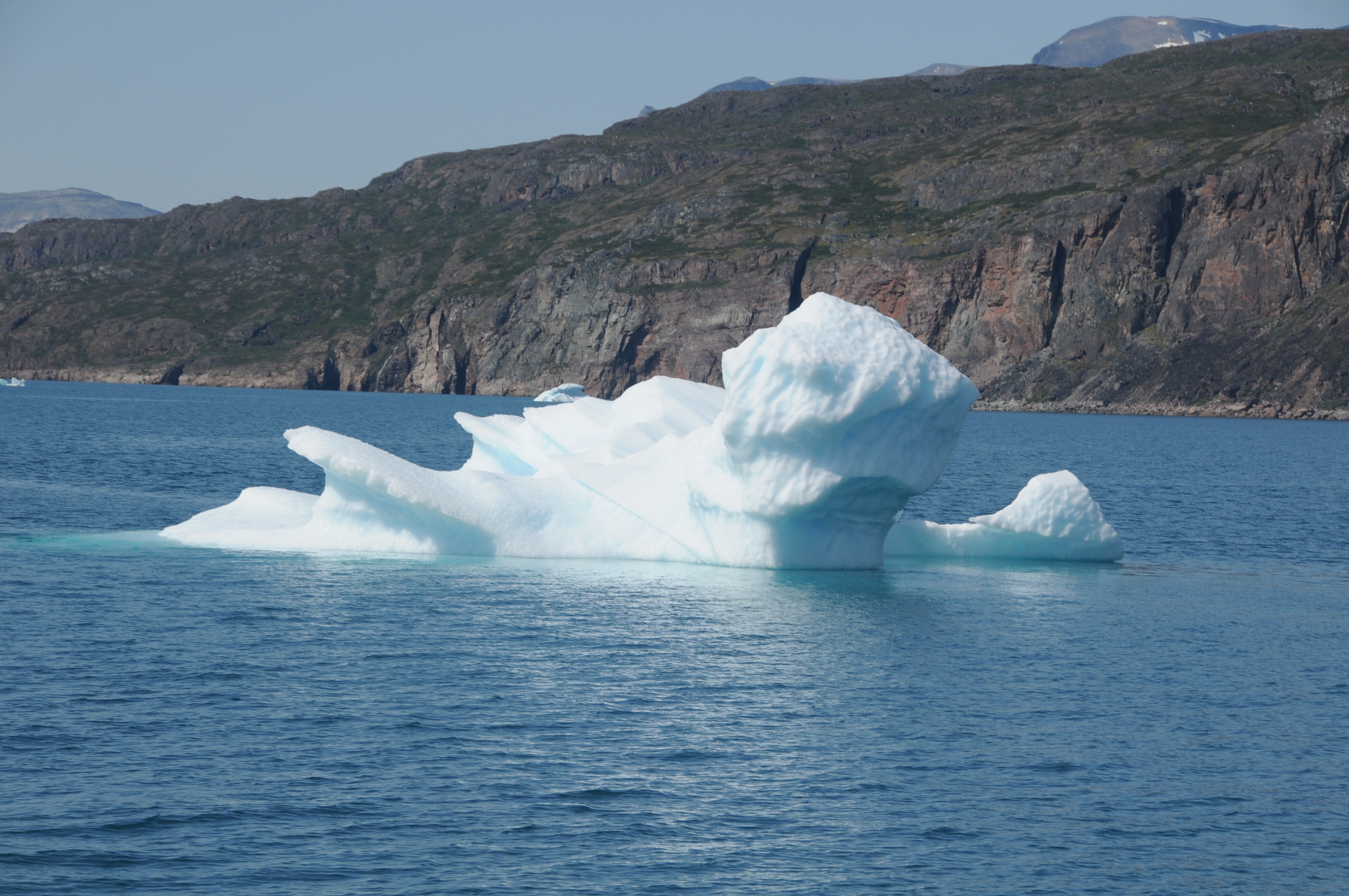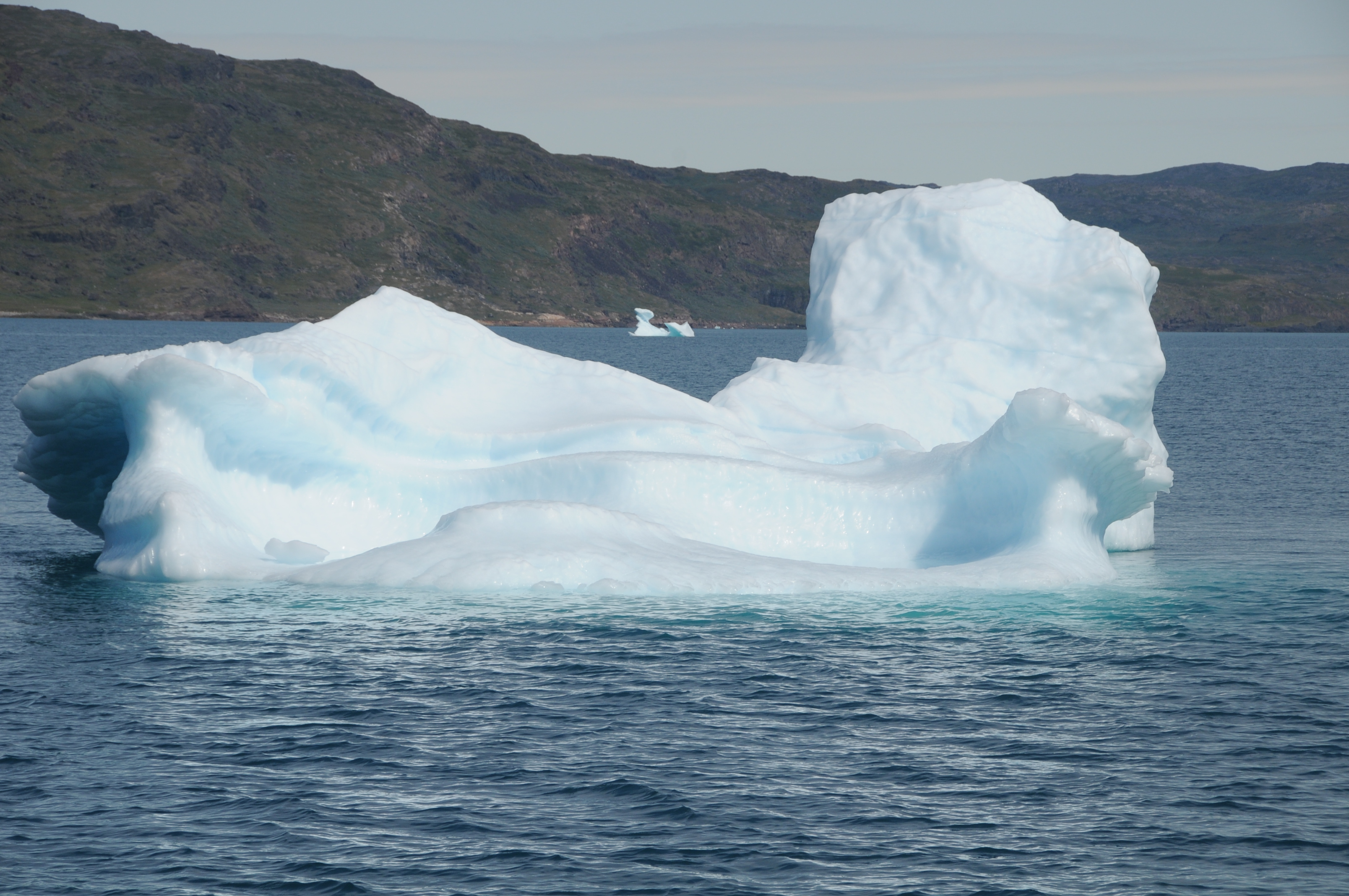The word hypocrisy has been bandied about on the heels of the Glasgow Climate Pact, reached by unanimous consent of nearly 200 nations, as goals remain unmet and the international community has failed to restructure, implement and enforce laws to do more to address climate change.
That stated, the international community cannot make binding commitments and plans nor are they responsible for failure to meet national goals. That’s the work of nation states. Time to recalibrate expectations.
The centrality of the ocean to problems related to extreme weather events and climate finally has been recognized. The “Glasgow Climate Pact” makes direct reference to the need to ensure the integrity of ocean ecosystems and the “importance of protecting, conserving and restoring natures and ecosystems, including marine ecosystems, to achieve the long-term global goal of the Convention by acting as sinks and reservoirs of greenhouse gases and protecting biodiversity, while ensuring social and environmental safeguards.”
All photos by Rob Moir
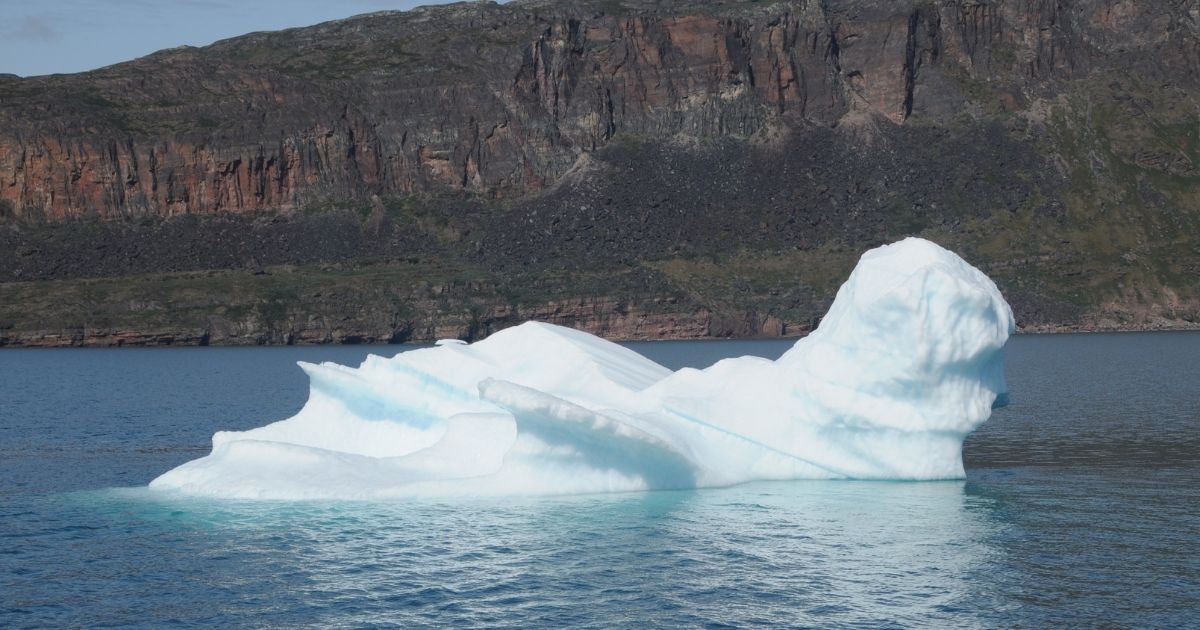
Same iceberg, 4 differing perspectives
It’s a further significant step forward to call for “an annual ocean-climate dialogue” to be held in June 2022 by the Subsidiary Body for Scientific and Technological Advice to formally anchor the Ocean Within the Climate negotiations. Nations controlling 85% of lands covered by forests have pledged to stop deforestation by 2030, yet no such measures are being taken for the ocean because much of it is international waters and beyond the jurisdictions of nations.
There’s no point in arguing over what biome is most important for climate. Focusing on only one, even the largest one, will NOT solve the global problem. We must practice responsible stewardship for the entire planet Earth as if it were one living ecosystem. Dramatic restructuring of international laws and institutions is a waste of energy when climate impacts are local. Solutions must be indigenous place-based, bioregion by bioregion and watershed by watershed, to be effective. What is good for Greenland may not be best for Manhattan.
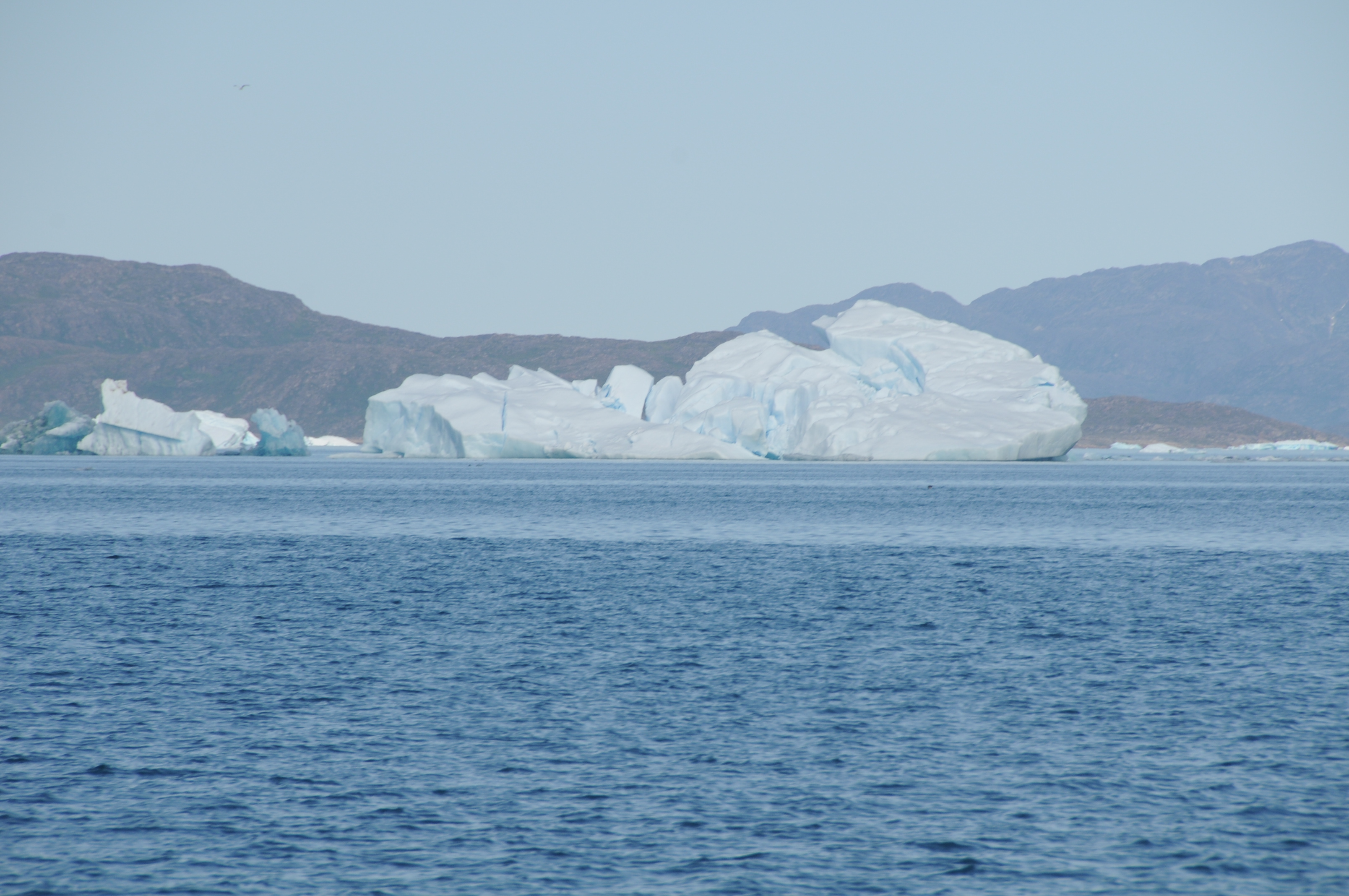
The climate crisis worsens the more we destroy and separate from nature. Nature turns the elephantine water cycle, unlike a big portion of the mousy carbon cycle driven by fossil fuel burning. Researchers have calculated that heating trapping water vapor is responsible for 60% of global warming. The cycles of all greenhouse gasses are explained as turning like clockwork and devoid of life. Yet, healthy ecosystems are what makes life possible on Earth.
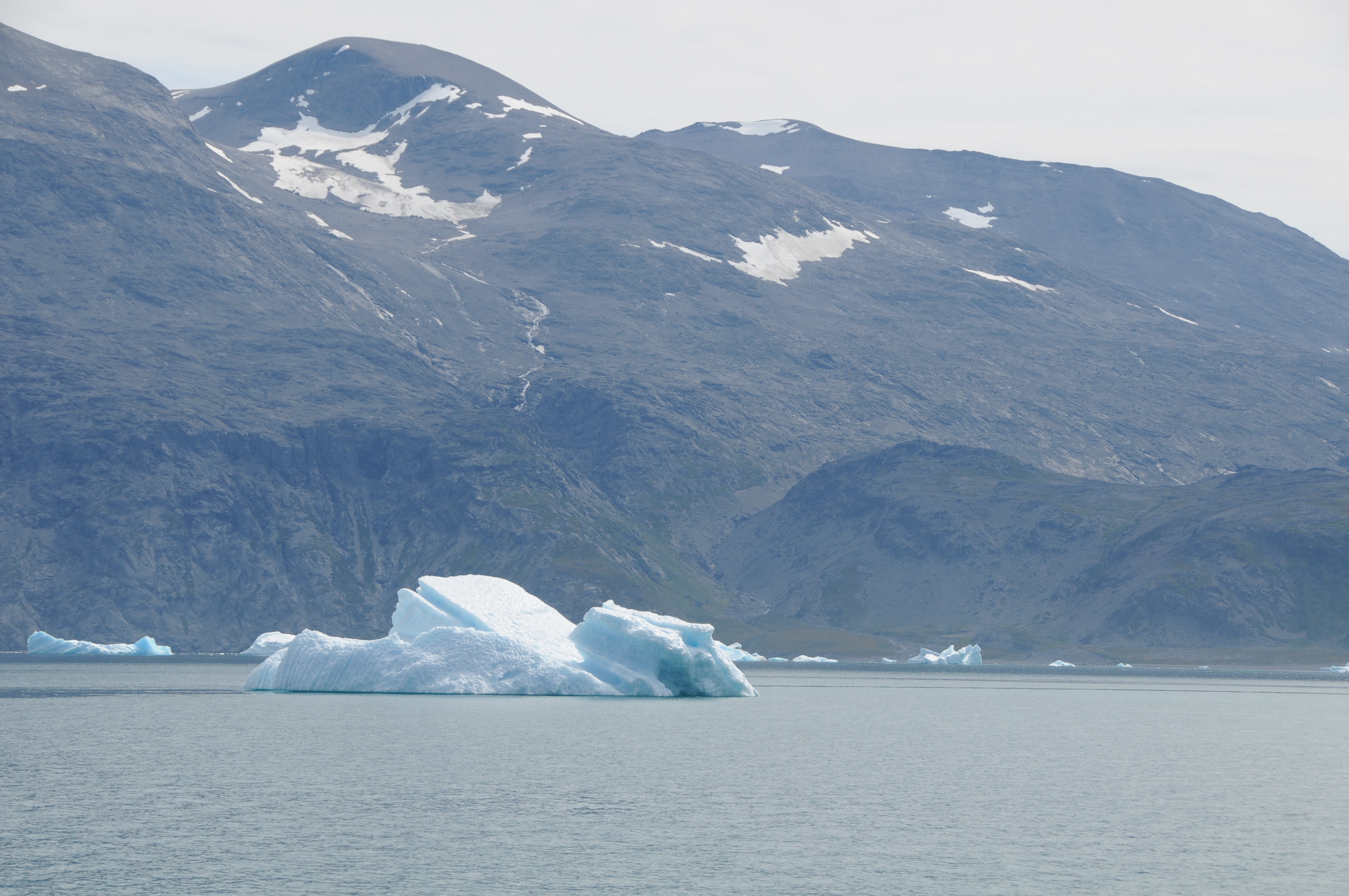
You may notice that the coolest spot in the city on a hot summer day is not the shadow under an awning but rather the shade of a big sidewalk tree. Plants release water that evaporates when it’s hot. Energy is absorbed during this endothermic reaction and the surrounding air is cooled. Restoring and increasing vegetation in neighborhoods reinvigorates local water cycles to lessen the daily hot and cold temperature swings attributed to climate change. Of all plants, grasses are the best at drawing carbon dioxide out of atmosphere with photosynthesis and pushing out liquid carbon as carbohydrates to build soil. An established grass lawn that is not fertilized and cut no more frequently than every two weeks may build an inch of soil in a year. (Fertilizing keeps grassroots near the surface thirsty for more and kills beneficial nematodes in the soil.) With four inches of soil, the lawn may hold seven inches of rainwater further protecting homes from extreme weather events. Researchers have found indications that if we could retain more water in our landscapes, let less storm and sewer water go into our waterways, we could reduce sea level rise by 25%.
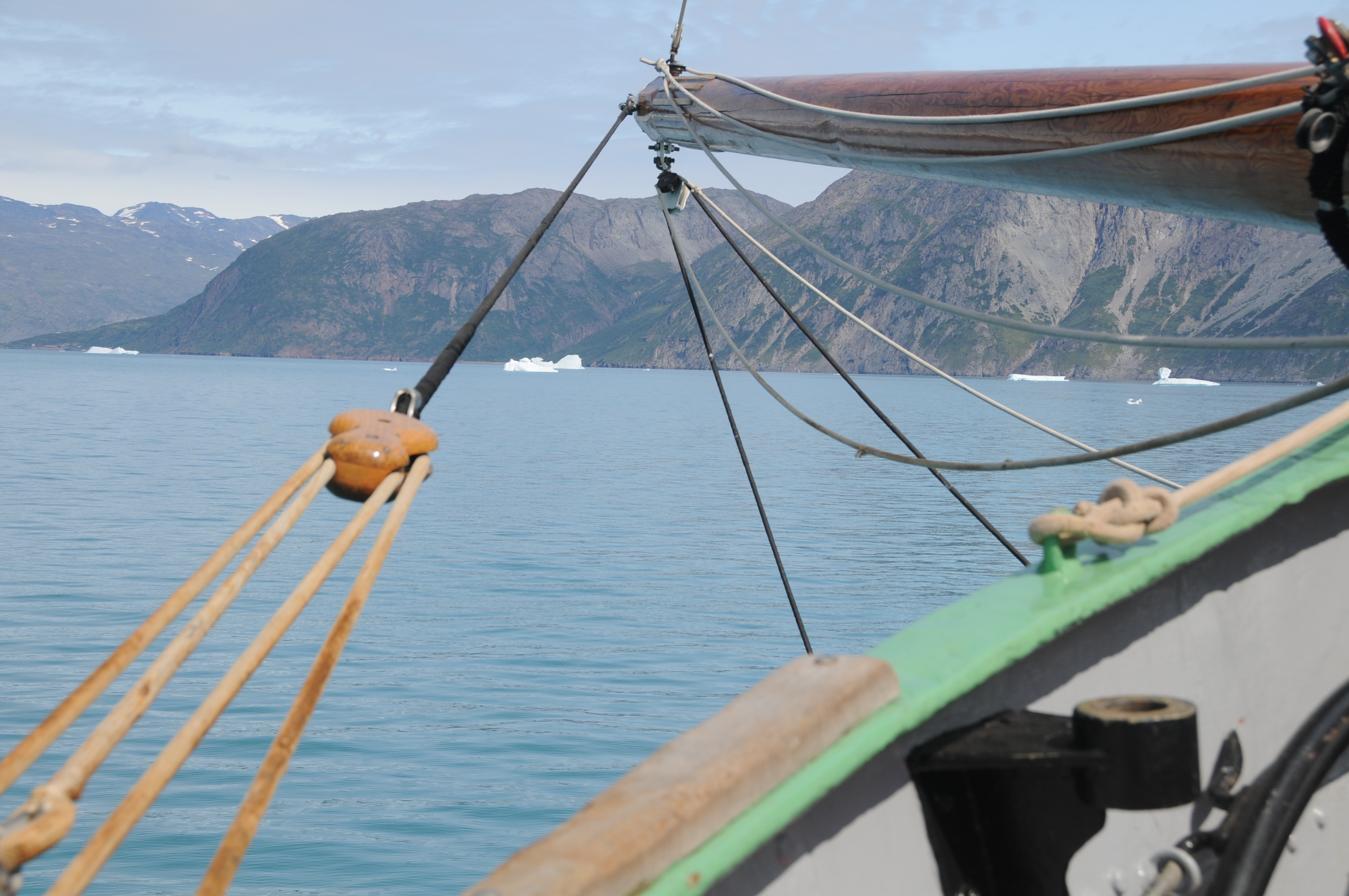
Dr. Rob Moir is a nationally-recognized and award-winning environmentalist. He is president & executive director of Massachusetts-based Ocean River Institute, a nonprofit providing expertise, services, resources, and information unavailable on a localized level to support efforts of environmental organizations. Please click here for more information.


